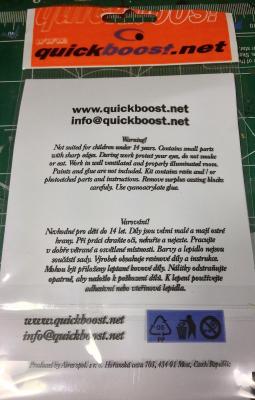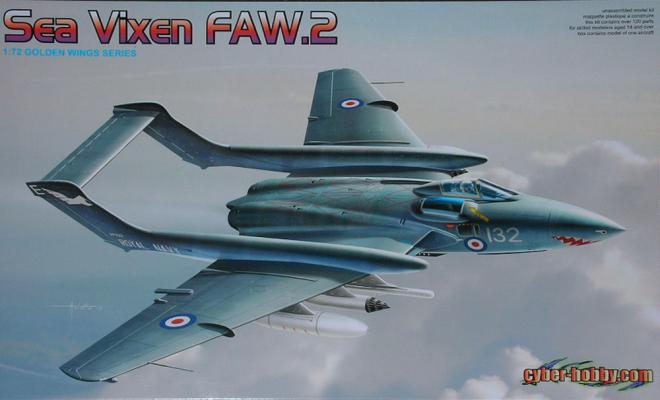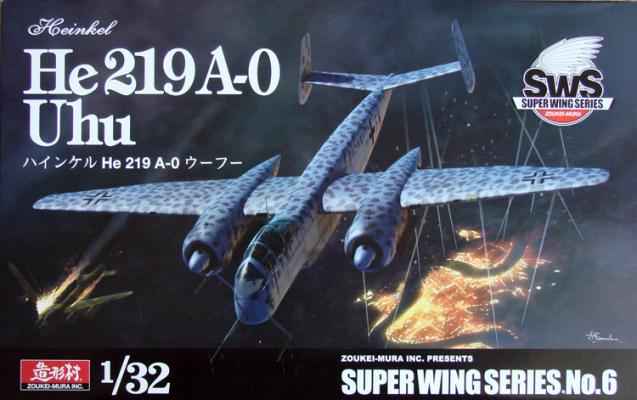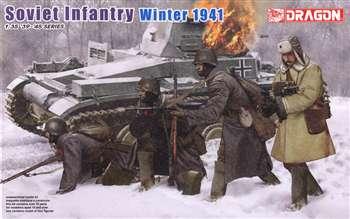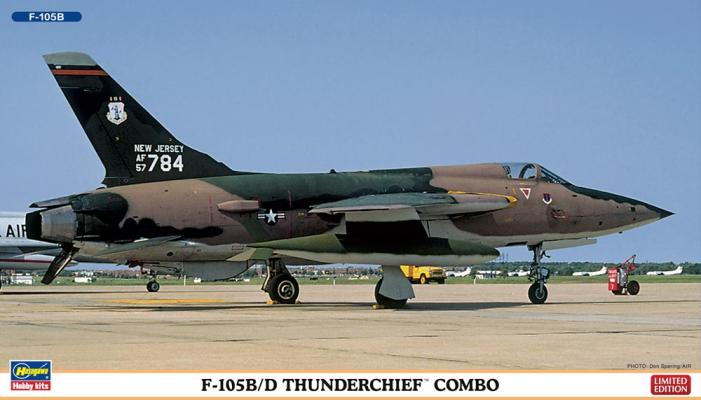Quickboost is known for producing finely cast resin details. This seat is no exception. The details are very good but some are fragile, such as the ejection rings, which quickly broke off and disappeared. This isn’t so much a function of the piece, but of careless handling on my part. They are easy to break, so be prepared to make up your own if you snap them off.
Removing the seat from the resin casting plug was easy enough with a razor saw. However, I eventually had to cut more, about 1/8”, from the seat bottom to get a decent fit in the Hasegawa 1:72 F-104C kit. I don’t know if this is a function of the kit or the seat.
Once painted, and with a subtle wash, the seat details pop out. After modifying the seat bottom as above it was a drop fit into the cockpit.
The Quickboost replacement seat is far better than the simple plastic form that Hasegawa supplies, plus, it has seat belts cast in. A worthy addition to your Starfighter.











